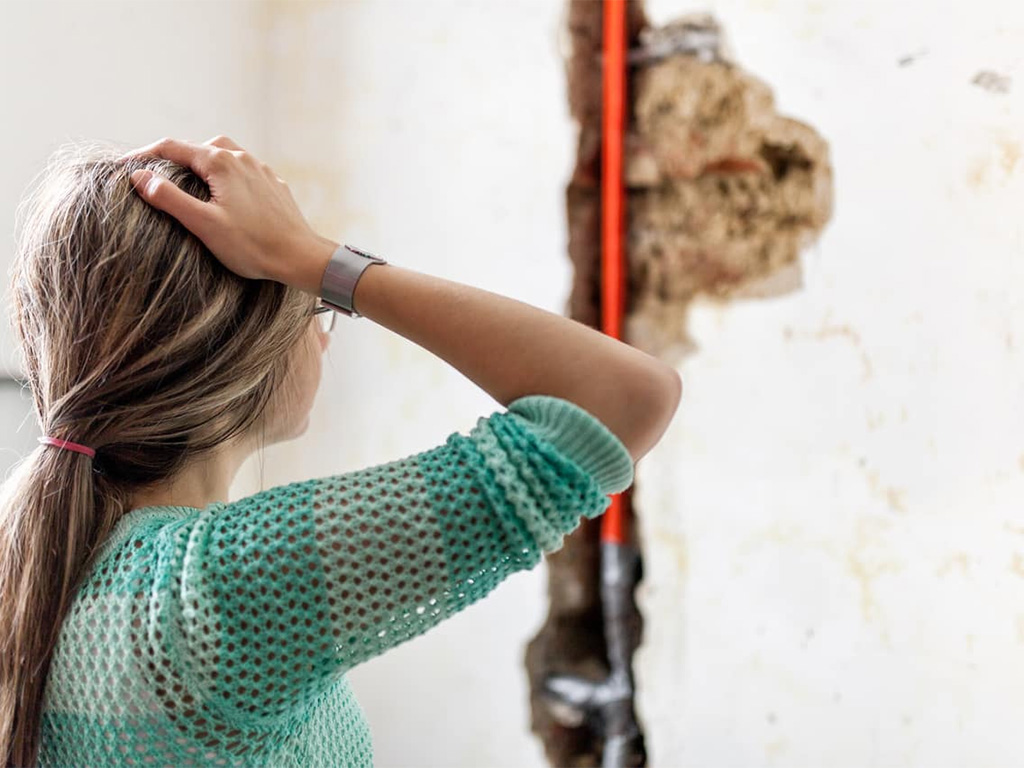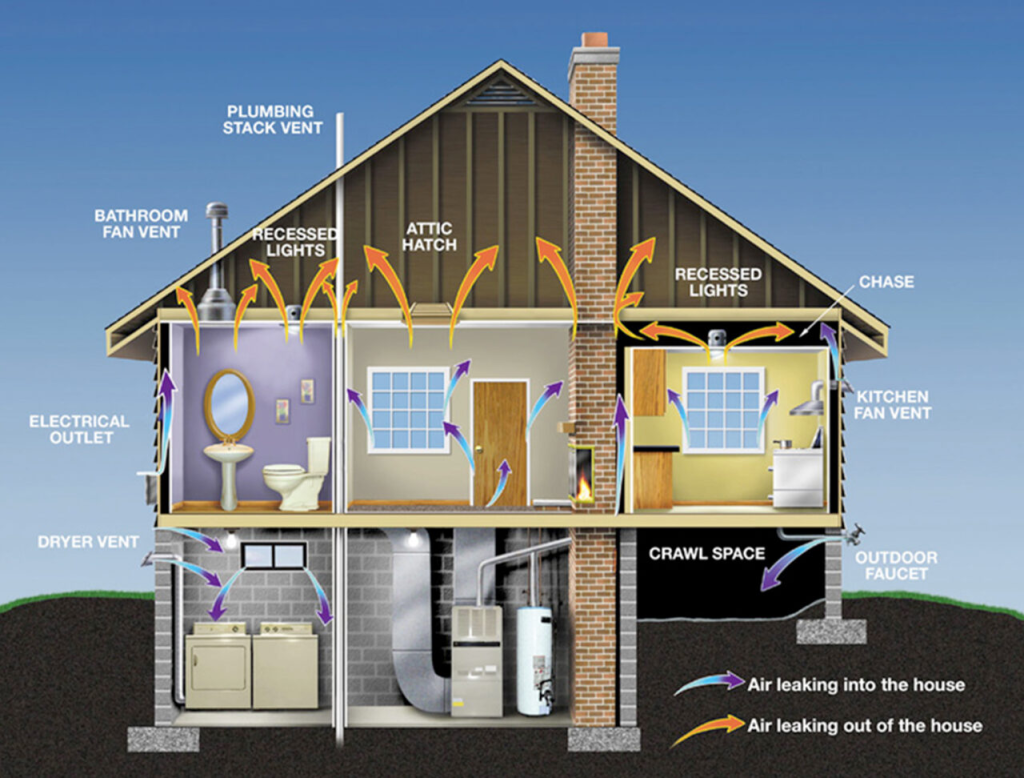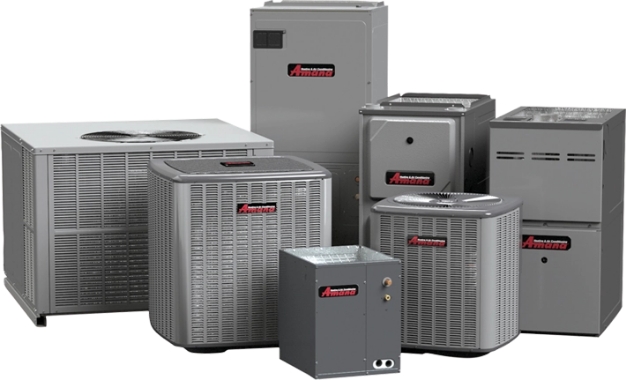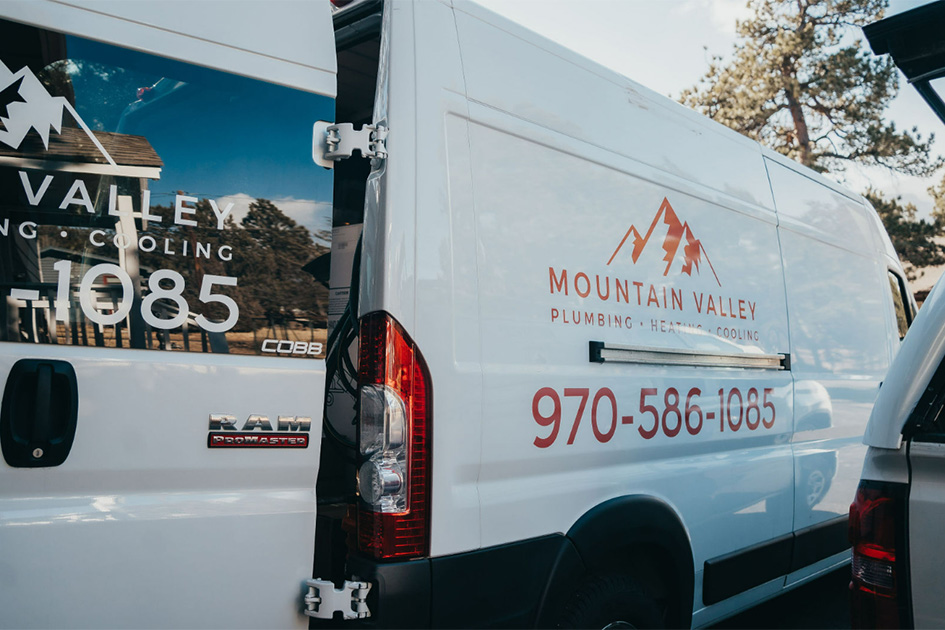The Ultimate Guide to Preventing Costly Water Damage in Your Home
Did you know water damage from leaky pipes is a huge problem for homeowners? It’s the second biggest reason people file insurance claims, costing billions yearly. Understanding how to prevent water damage is key. It protects your home and health.
Not dealing with water damage quickly can lead to expensive repairs and health issues. This guide will show you how to stop water damage before it starts. You’ll learn about its common causes, the early signs, and how to protect your home.

Don’t wait until it’s too late. Taking steps now can prevent the stress and costs of fixing water damage. Let’s explore how to keep your home safe from the dangers of water.
Key Takeaways
- Water damage is a leading cause of homeowners’ insurance claims.
- Understanding the types of water (clean, grey, black) is crucial for effective prevention.
- Regular maintenance and timely repairs can significantly mitigate risks.
- Identifying early signs of water damage helps avert major disasters.
- Recognizing the causes, such as leaks and clogged gutters, enables prompt action.
Understanding Water Damage and Its Impact
Water damage is a common and expensive problem for homes, causing billions in damages yearly. It leads to structural issues like cracks and rotting. Problems such as mold, electrical dangers, and water contamination can also arise.
To understand water damage’s impact, know the water types involved. Clean water from a burst pipe is less risky than grey or black water from sewage. Different water types mean different repair urgencies. Quick actions are crucial.
Water damage’s long-term effects include weaker building materials and lower property value. Your belongings, like furniture and electronics, risk severe damage. Regular leak checks can prevent these issues and save on repair costs.
Even minor water intrusions can lead to bigger issues, like higher insurance costs. Know where your main water shut-off valve is to act fast in emergencies. It’s vital to understand your insurance since it might not cover all water damage types. For example, flooding from outside is often not covered by regular home insurance.
Knowing about water damage helps you prevent it and protect your property and family. Staying vigilant in home maintenance lowers water damage risks and its impacts.
Common Causes of Water Damage in Homes
It’s key for homeowners to know why water damage happens. Leaky or broken pipes are among the top reasons. They can cause big damage over time. Even a small drip can turn into a major issue if ignored.
Household appliances like dishwashers, washing machines, and fridges can also leak. When they break down, they may flood your floors and even affect the ceiling. It’s smart to keep an eye on how your appliances are running.
Gutters filled with debris can lead to water entering your home. Overflowing water can hurt your foundation, roof, or walls. Cleaning your gutters often helps avoid these problems.
Sewer backups happen after heavy rains or when tree roots block pipes. They bring health hazards and water into your home that needs big cleanups. Watching for sewer issues is important.
Environmental events like floods and storms cause huge losses. Getting good flood insurance is vital for protection. Knowing your area’s risks helps you prepare better.
| Water Damage Source | Impact | Preventive Measures |
|---|---|---|
| Leaky Pipes | Structural damage and mold growth | Regular plumbing inspections |
| Faulty Appliances | Flooring and ceiling damage | Routine appliance maintenance |
| Clogged Gutters | Roof leaks and foundation issues | Annual gutter cleaning |
| Sewer Backups | Health risks and overflow | Professional system inspection |
| Natural Disasters | Extensive property damage | Purchase flood insurance |
Identifying Signs of Water Damage Early
Catching water damage early is key to avoiding high repair costs and health problems. Keep an eye out for signs of water damage in your home to prevent bigger issues. Also, watching your water bills for unusual spikes can clue you into hidden leaks.
The main water damage indicators include:
- Damp spots on walls and ceilings
- Peeling paint or wallpaper, suggesting moisture buildup
- Musty smells, often in basements and attics
- Warped flooring, common in bathrooms and kitchens
Not paying attention to these signs can have serious outcomes, like mold and mildew. Mold is a big health risk, especially for people with lung problems. It can also cause allergies and other health complications, highlighting the importance of early detection.
In hidden spots, water damage indicators like floor and wall stains develop slowly. Inspecting roof shingles and maintaining caulking in damp areas can reduce these risks. Pay extra attention to moisture-heavy spots. For example, look under linoleum for hidden water that could cause warping.
Ignoring water damage can lead to major structural issues over time. Being proactive can protect you from big repair costs, high bills, and health issues from mold.
Preventing Costly Water Damage in Your Home
Stopping water damage in your home takes effort and awareness of risks. You can avoid big repair bills by using smart prevention strategies. This means checking your home regularly and fixing problems early. It’s also important to know about the different kinds of water damage.
Regular Maintenance and Inspections
Looking after your home well can prevent water damage. You should check your plumbing, roof, and appliances often. Look for leaks by your toilets, sinks, and where your washing machine connects. If ignored, these spots can cause a lot of damage. Clean your gutters to stop water from backing up and entering your house. A sudden increase in your water bill might mean you have a leak.
Understanding Different Water Categories
Knowing about water damage types is key for protection. There’s clean (Category 1), grey (Category 2), and black water (Category 3). Each type has different risks and needs a unique approach. Clean water from a pipe break is less dangerous than grey or black water. Grey might come from appliances, and black water contains harmful waste. This knowledge helps you respond correctly to water damage.
Importance of Timely Repairs
It’s crucial to fix problems right when they happen. Quick repairs of leaks and damaged roofs can prevent huge expenses later. For example, fixing mold caused by water might cost up to $3,500. Repairs for drywall might add $300 to $1,000 more. Acting fast keeps your home safe and damage to a minimum.
Water Leak Detection Techniques
Finding water leaks is crucial for a healthy home and avoiding high repair bills. Leak detection methods are varied but can save you money and keep your property safe. We’ll look at smart water detectors and why regular visual inspections are important.
Using Smart Water Detection Devices
Smart water detectors are a must-have for homeowners worried about leaks. They work with your home’s tech to alert you the moment a leak starts. This means you can act fast to stop more damage.
In places like California, where water damage happens often, these devices are even more critical. For instance, Mercury Insurance offers discounts for using smart detectors. Choosing devices like the MOEN Flo Smart Water Monitor reduces insurance costs and could raise your home’s value.
Visual Inspections: Key Areas to Monitor
Looking for leaks yourself is another important step. You should check under sinks, by appliances, and in basements regularly. While water meters find about 10% of leaks, a big 45% are found just by looking for signs.
To inspect even better, check these spots:
- Under sinks and kitchen counters
- Behind and under dishwashers and fridges
- Near water heaters and boilers
- In crawl spaces and basements
- On outside walls and foundations
Inspecting carefully can reveal 40% more issues. This stops mold and saves on repairs. Getting help from experts with the right tools can make sure you’re checking everything you need to.
| Leak Detection Method | Description | Benefits |
|---|---|---|
| Smart Water Detectors | Devices that send real-time alerts of leaks | Reduces damage, lowers insurance costs |
| Visual Inspections | Regular checks in leak-prone areas | Early detection of leaks, prevents mold growth |
| Professional Assessments | Utilizing specialized equipment for leak detection | Identifies hidden leaks and structural damage |
Adding smart detectors and regular checks to your house care routine boosts leak detection. This protects your investment and makes your home better to live in.
Plumbing Maintenance Tips to Avoid Water Damage
Keeping your plumbing in good shape is crucial to avoid water damage. Make it a habit to check your pipes, hoses, and appliances that use water. This way, you can spot leaks early and avoid big repair bills. Good appliance care and being proactive can protect your home from unexpected water problems.
Regular Checks on Pipes and Hoses
It’s important to inspect your plumbing often. Here are some smart steps to take:
- Look for signs of rust or damage on pipes.
- Examine hoses to washing machines and dishwashers for any cracks or leaking.
- Keep water pressure between 40-60 psi to prevent pipes from overworking.
- If your water pressure is over 80 psi, think about getting a pressure regulator.
- When running water, check under sinks for leaks or discoloration.
How to Maintain Appliances That Use Water
Proper care of your water-using appliances helps prevent leaks. Here’s how to keep them running smoothly:
- Every six months, clear out sediment from water heater tanks.
- For tankless water heaters, do annual checks on the burner and clean coils every two years.
- Use strainers in sinks and showers to catch debris and prevent blockages.
- Clean faucets and showerheads regularly with vinegar and baking soda to stop sediment build-up.
- Think about getting a smart water leak detector to watch for and alert you about leaks early on.

The Role of Home Waterproofing
Home waterproofing is key to keeping your home safe and dry. It stops water from getting inside and harming the structure or your health. By focusing on areas like the basement, you can stop mold, weakening of the house, and lower property values.
Understanding Basement Waterproofing
Keeping your basement dry stops water damage. There are many ways to do this, including:
- Sealing foundation cracks with Cracksil.
- Putting in drainage systems to move water away.
- Using waterproof coatings as a protective shield.
Spotting water damage early is crucial. Look for signs like discoloration, flaking paint, or a musty smell. These might mean you have moisture problems needing quick action.
Effective Exterior Water Management
Managing water outside your home stops basement floods. Important parts of this include:
- Keeping gutters and downspouts clear for water to flow away.
- Making sure the land slopes away from your house to keep it dry.
- Using waterproofing for your roof, like Tigersil and Nanosil, to prevent leaks.
These actions keep your home dry and add to its value. Waterproofing your home and managing water well stops expensive fixes. It also makes your home more attractive to buyers who want a property that’s been well cared for.
| Waterproofing Method | Benefits |
|---|---|
| Basement Waterproofing | Stops mold and damage; makes air cleaner. |
| Exterior Drainage Systems | Keeps water away, less flood risk. |
| Roof Waterproofing | Keeps roof safe from leaks, lasts longer. |
| Waterproof Coatings | Blocks moisture, stops water from getting in. |
Moisture Control Strategies for Homes
Keeping your home dry and comfortable is key for a healthy living space. Dehumidifiers help greatly by reducing indoor humidity. This is crucial for areas prone to moisture like bathrooms and basements.
For a good moisture plan, here are steps you could follow:
- Ensure good ventilation in moist areas for better air flow.
- Inspect and clean gutters to stop water buildup around your home.
- Use exhaust fans in bathrooms and kitchens to remove humidity quickly.
- Keep humidity levels between 30% and 50% for comfort.
- Fix leaks fast, especially near vents and plumbing to avoid problems.
Sealing windows and doors well boosts comfort and saves energy. Keeping your roof’s drainage in shape prevents moisture from getting in. Also, check these systems often to dodge expensive fixes later.
If water damage happens, act fast. Dry wet areas and replace damaged materials like drywall right away. Check this resource for more on handling moisture.

Flood Prevention Measures for Your Property
Flooding is the top natural disaster in the U.S., hitting homes hard. To protect your space, you need to know its flood risk. This means looking at where you live and what your place is like. Then, you can take steps like fixing the landscape, improving drainage, and adding barriers.
These actions really cut down the flood risks.
Assessing Flood Risks and Vulnerabilities
Start by checking out your property’s layout. See how high it is and if it’s near water. FEMA says even homes not in high-risk areas could flood. It’s more likely than them catching fire over 30 years. Make sure your house and electricals are high enough to stay dry.
Adding things like flood vents and sump pumps helps a lot. Without them, just one inch of water could cost you $25,000 in fixes.
Creating a Flood Response Plan
Having a flood plan is key. It should have emergency contacts, details about flood insurance, and how to leave safely. Flood insurance needs 30 days to start. A good plan means you can move fast if a flood comes. This keeps your loved ones and home safe.
Being ready all the time is the best way to face floods.
FAQ
What are the main causes of water damage in homes?
Water damage can come from many places. Leaky pipes, faulty appliances, and heavy rain are common causes. Clogged gutters and damaged roofs also lead to water getting where it shouldn’t. It’s important to fix these problems quickly.
How can I identify signs of water damage early?
Look for damp spots, peeling paint, or musty smells. Also, watch for warped floors and window condensation. Catching these signs early helps avoid big repair costs.
What preventive measures can I take to avoid water damage?
Checking your plumbing, roof, and appliances regularly is key. Fix small leaks right away. Keep gutters clean and consider waterproofing your home to keep water out.
How important is plumbing maintenance for preventing water damage?
Keeping your plumbing in good shape is very important. Check for leaks in pipes and hoses. Make sure your appliances work well. Replacing old parts can prevent leaks and water damage.
What are different categories of water, and why are they important?
There are three types of water: clean, grey, and black. Clean is drinking water. Grey is used water from sinks and baths. Black is sewage. Knowing these types helps figure out the water damage level and how quickly it needs fixing.
How can home waterproofing contribute to water damage prevention?
Waterproofing your home, like the basement and exterior, keeps moisture out. This reduces mold risk and structural damage. It’s a good way to protect your house.
What moisture control strategies should I implement in my home?
Use dehumidifiers and make sure your home is well-ventilated. Keep the air flowing. This keeps humidity down, preventing mold and water issues.
What steps can I take for flood prevention in my property?
Know your flood risk based on where you live. Use landscaping to manage water, ensure good drainage, and have a flood plan. These steps help prepare for floods.
How do I utilize smart water leak detection devices?
These devices alert you to leaks in real time, using smart tech. Check them regularly along with visual inspections. This helps you stop water damage before it spreads.








